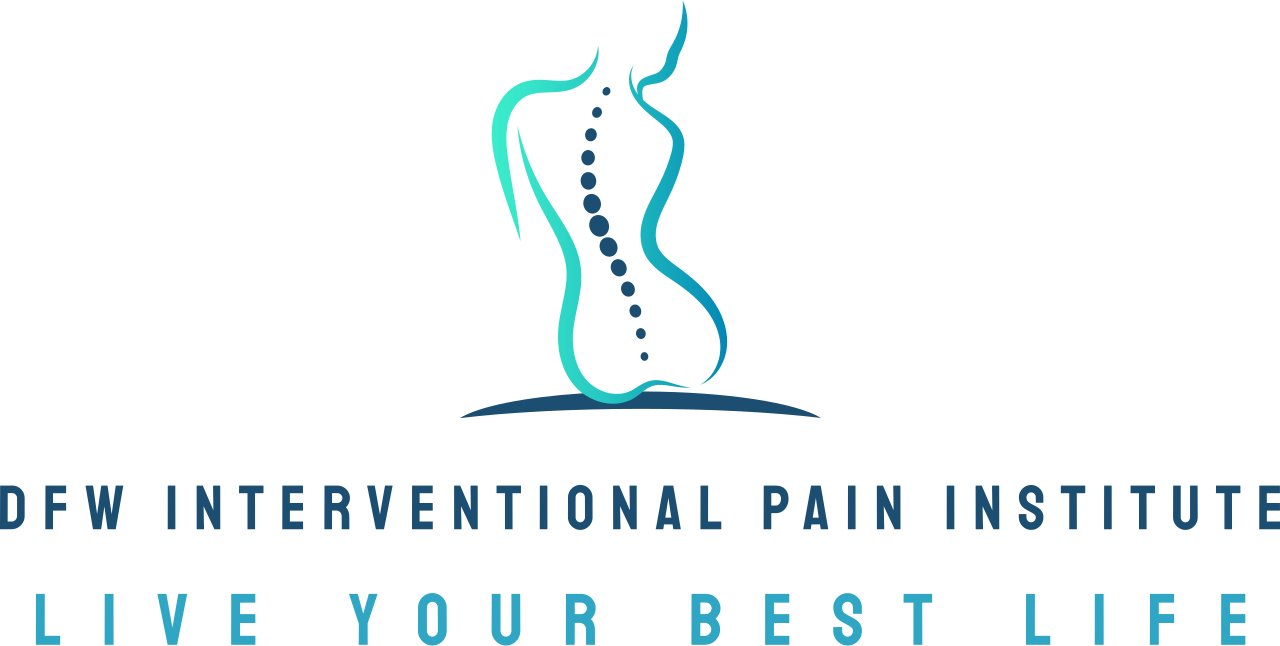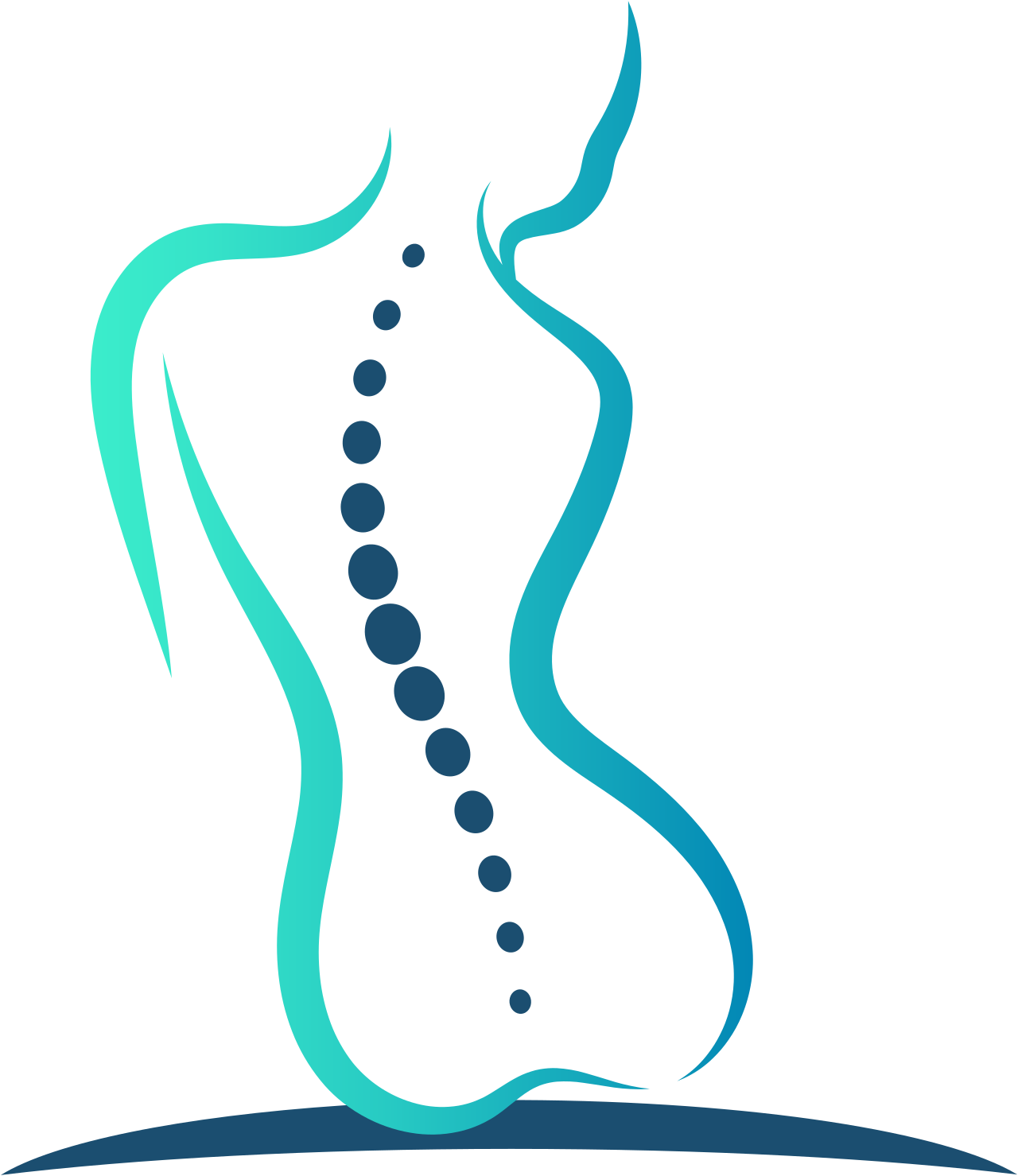What neck pain in different parts of your neck reveals
Neck pain affects millions of people, but not all neck pain is created equal. The specific location of your discomfort can provide valuable clues about what's causing your symptoms and how best to treat them. Understanding these patterns can help you communicate more effectively with your healthcare provider and make informed decisions about your care.
Dr. Edrick Lopez and our team at DFW Interventional Pain Institute specialize in diagnosing and treating various types of neck pain. Whether you're experiencing neck pain in the back of your neck, neck pain in right side of your neck, or neck pain on the left side of your neck, the location of your symptoms often points to specific underlying conditions that require targeted treatment approaches.
Your neck is a complex structure containing seven vertebrae, numerous muscles, ligaments, nerves and blood vessels working together to support your head and allow for movement. By understanding what different locations of neck pain might indicate, you can take the first step toward finding relief and preventing future problems.
Understanding neck anatomy and common causes
Your neck, or cervical spine, consists of seven vertebrae (C1-C7) connected by muscles, tendons, ligaments and discs that work together to support your head's weight—approximately 10-12 pounds—while allowing for remarkable mobility. This intricate structure enables you to turn your head side to side, nod up and down, and tilt in various directions.
Several factors can contribute to neck pain, including poor posture from prolonged computer use, sleeping in awkward positions, sudden movements or previous injuries like whiplash. Stress and tension also play significant roles, as emotional stress often manifests as physical tension in the neck and shoulders.
Neck pain can be classified as either acute or chronic. Acute neck pain typically develops suddenly and lasts for a few days to weeks, often resulting from minor injuries or muscle strains. Chronic neck pain persists for more than six months and may indicate underlying structural problems or ongoing inflammatory conditions that require specialized treatment.
Age-related changes, such as arthritis or disc degeneration, can also contribute to chronic neck pain. Additionally, conditions like herniated discs, spinal stenosis or nerve compression can cause persistent symptoms that significantly impact daily activities and quality of life.
Upper neck pain: signals from the top
Upper neck pain, particularly neck pain back of neck near the base of your skull, often stems from tension headaches, poor posture or temporomandibular joint (TMJ) disorders. This area houses the upper cervical vertebrae (C1 and C2), which are responsible for much of your head's rotation and tilting movements.
Common symptoms associated with upper neck pain include headaches that start at the base of the skull and radiate forward, stiffness that makes it difficult to look up or down, and sometimes dizziness or balance issues. The pain may feel like a constant ache or sharp, stabbing sensations that worsen with certain head movements.
Tension headaches frequently originate from tight muscles in this region, particularly the suboccipital muscles that connect your skull to your neck. Poor posture, especially the forward head posture common among people who work at computers, places excessive strain on these muscles and can lead to chronic upper neck pain.
Treatment options for upper neck pain often include physical therapy focused on improving posture and strengthening neck muscles, trigger point injections to relax tight muscle bands, and ergonomic adjustments to workstations. In some cases, addressing underlying TMJ disorders may also be necessary to achieve lasting relief.
Middle neck pain: the center of discomfort
Middle neck pain affects the central portion of your cervical spine, typically involving vertebrae C3 through C5. This area is particularly susceptible to muscle strains, whiplash injuries and arthritic changes that can cause significant stiffness and limited range of motion.
Muscle strains in the middle neck often result from sudden movements, sleeping in awkward positions or carrying heavy bags on one shoulder. Whiplash injuries from car accidents commonly affect this region, causing damage to muscles, ligaments and sometimes the vertebrae themselves.
Symptoms of middle neck pain include generalized stiffness that makes turning your head difficult, aching pain that may worsen throughout the day, and muscle spasms that can be quite uncomfortable. Some people also experience referred pain that travels to the shoulders or upper back.
Arthritis in the middle cervical spine can cause chronic pain and stiffness, particularly in the morning or after periods of inactivity. This condition develops gradually as the cartilage between vertebrae wears down, leading to bone-on-bone contact and inflammation.
Treatment approaches for middle neck pain typically involve physical therapy to improve flexibility and strength, anti-inflammatory medications to reduce swelling and pain and sometimes corticosteroid injections for more severe cases. Heat and cold therapy can also provide significant relief for muscle-related pain in this area.
Lower neck pain: where structure meets function
Lower neck pain involves the bottom portion of your cervical spine (C5-C7) and often extends into the neck pain in shoulder area. This region bears more weight than the upper neck and connects to the thoracic spine, making it susceptible to disc problems, nerve compression and spinal stenosis.
Disc issues in the lower neck can cause radiating pain that travels down your arm, numbness or tingling in your fingers and weakness in your hand or arm muscles. These symptoms occur when herniated or bulging discs press against nerve roots that exit the spinal cord in this region.
Spinal stenosis, a narrowing of the spinal canal, can develop in the lower neck and cause similar symptoms. This condition often develops gradually due to age-related changes and can significantly impact arm and hand function if left untreated.
Nerve compression in the lower neck may result from bone spurs, herniated discs or inflammation around nerve roots. This can cause sharp, shooting pains that follow specific nerve pathways down your arm, along with weakness or numbness in particular muscle groups.
Treatment options for lower neck pain may include epidural steroid injections to reduce inflammation around compressed nerves, physical therapy focused on strengthening and stabilization, and in severe cases, surgical intervention to decompress affected nerves or stabilize unstable segments.
Side neck pain: unilateral symptoms and their significance
Experiencing neck pain in right side of your neck or neck pain in the left side of your neck often indicates muscle imbalances, one-sided strain patterns or conditions like torticollis. Side-specific pain can also result from sleeping on one side consistently or carrying bags on the same shoulder repeatedly.
Muscle imbalances develop when certain muscles become tight while others weaken, creating uneven stress on your cervical spine. This often happens due to repetitive activities or prolonged positions that favor one side of your body over the other.
Torticollis, or "wry neck," causes involuntary muscle contractions that pull your head to one side. This condition can be acute, developing suddenly due to muscle spasms, or chronic, resulting from underlying structural problems or neurological conditions.
Symptoms of side neck pain include difficulty turning your head in one direction, muscle spasms that may be visible or palpable and pain that's noticeably worse on one side. Some people also experience headaches that predominantly affect one side of their head.
Treatment for side neck pain typically involves stretching exercises to address muscle imbalances, manual therapy techniques to release tight muscles and restore normal movement patterns and strengthening exercises to prevent recurrence. In some cases, muscle relaxants or trigger point injections may be recommended for severe muscle spasms.
When professional help becomes necessary
Certain warning signs indicate that your neck pain requires immediate medical attention. Severe pain following an injury, neurological symptoms like numbness or weakness in your arms or hands or pain accompanied by fever may signal serious underlying conditions that need prompt evaluation.
If your neck pain persists despite home care measures like rest, ice, heat or over-the-counter medications, it's time to consult a pain management specialist. Chronic neck pain lasting more than a few weeks can significantly impact your quality of life and may indicate underlying structural problems that require professional treatment.
Dr. Edrick Lopez's expertise in interventional pain management makes him uniquely qualified to diagnose and treat complex neck pain conditions. His comprehensive approach combines advanced diagnostic techniques with innovative treatment options to address both symptoms and underlying causes.
At DFW Interventional Pain Institute, we understand that neck pain affects more than just your physical comfort—it impacts your ability to work, sleep, and enjoy daily activities. Our team is committed to helping you find effective solutions tailored to your specific needs and lifestyle.
Comprehensive treatment options at DFW Interventional Pain Institute
Our evaluation process begins with Dr. Lopez and our staff taking the time to listen to your concerns, review your medical records and imaging studies, and perform a thorough physical examination. This comprehensive approach allows us to develop the most accurate diagnosis possible and create a treatment plan specifically tailored to your needs.
Treatment plans at DFW Interventional Pain Institute are holistic and may include physical therapy to improve strength and flexibility, psychological support to address the emotional aspects of chronic pain, medications to manage symptoms and innovative procedures to target specific pain sources.
We offer several advanced treatment options for neck pain, including trigger point injections to release tight muscle bands, platelet-rich plasma (PRP) therapy to promote healing in damaged tissues and nerve blocks to interrupt pain signals. For patients with chronic headaches associated with neck pain, we also provide Botox treatments that can significantly reduce both frequency and severity of symptoms.
Our goal is to help you return to the activities you enjoy while managing your pain effectively. We work closely with each patient to monitor progress and adjust treatment plans as needed to ensure the best possible outcomes.
Prevention and lifestyle modifications
Proper ergonomics play a crucial role in preventing neck pain. Setting up your workstation so that your computer screen is at eye level, using a supportive chair and taking regular breaks to stretch and move can significantly reduce your risk of developing neck problems.
Regular exercise focusing on neck stretches and strengthening exercises helps maintain flexibility and muscle balance. Simple exercises like gentle neck rotations, shoulder blade squeezes and upper trap stretches can be performed throughout the day to prevent stiffness and tension buildup.
Stress management techniques, including relaxation exercises, mindfulness practices and adequate sleep, are essential components of neck pain prevention. Since emotional stress often manifests as physical tension in the neck and shoulders, learning to manage stress effectively can prevent pain from developing or worsening.
Sleep position and pillow selection also significantly impact neck health. Using a supportive pillow that maintains your neck's natural curve and avoiding sleeping on your stomach can prevent morning stiffness and pain.
Finding relief and reclaiming your life
Understanding what different locations of neck pain reveal about your condition is the first step toward finding effective treatment. Whether you're dealing with upper neck tension headaches, middle neck stiffness, lower neck nerve compression, or one-sided muscle imbalances, targeted treatment approaches can provide significant relief.
Living with neck pain doesn't have to be your reality. At DFW Interventional Pain Institute, Dr. Edrick Lopez and our experienced team are committed to helping you identify the root causes of your pain and develop comprehensive treatment strategies that address both symptoms and underlying conditions.
Don't let neck pain continue to limit your daily activities or impact your quality of life. The location of your pain provides valuable information that can guide effective treatment decisions. Contact DFW Interventional Pain Institute today to schedule a consultation and take the first step toward living your best life, free from the constraints of chronic neck pain.

